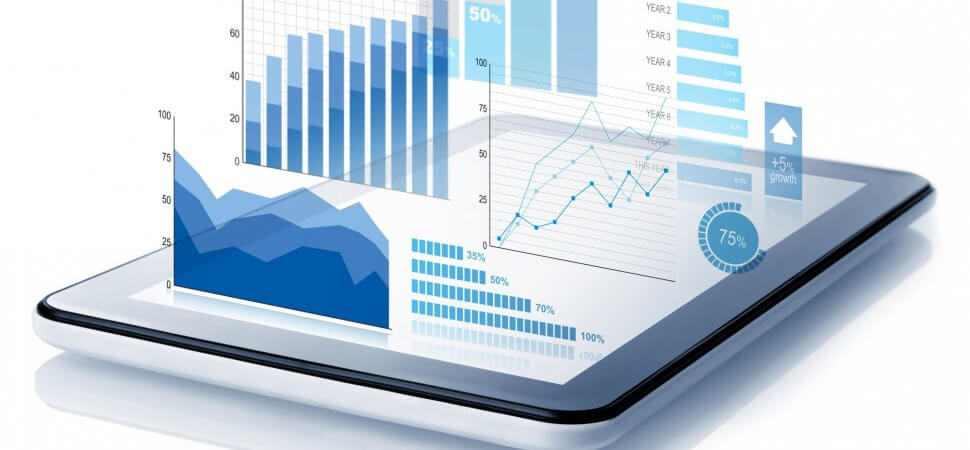
- Products
- Solutions
- Learn
- Partner
- Try Now
Technology has gained trust and control in almost every sphere of our lives. Our facilities are turning smart, industries are transforming digitally and the lifestyles have become ever-connected. Telematics is a relatively new field, a concept that combines telecommunications and vehicular technologies with the insights of information processing. Through this technology telematics companies can have access to a large amount of data with the help of data analytics. Telematics data is recorded by the telematics device which is distance driven, a number of trips per day, location in real-time, Vehicle speed, harsh or smooth braking, acceleration or deceleration and driver monitoring.

Integration of Telematics control unit (TCU) and OBDII dongle based solutions into fleet management systems not only aid fleet owners to better analyze their entire fleet from a single interface but also helps them monitor driver activity. Fleet managers can track and gain insights into the driver’s behaviour such as over speeding, fuel consumption, excessive hard braking and stops. Furthermore, effective route planning to ensure timely delivery of consignments can be done for saving both time and money for businesses.
In many organizations, fleet managers control costs, maximize profitability and mitigate risks of their fleet vehicles using various tools to get the right information to make informed decisions. Analysing this data helps in better risk assessment, effective implementation of plans which automatically increases productivity and cost-cutting and lot more.
Types of analytics data incorporated for better fleet tracking are:
Predictive analytics
Any growing business in pursuit of success should have foresight. Predictive analytics can be the right tool for fleet managers to help them proactively manage company’s fleets in the highly competitive fleet management world. Whether it’s predicting the probability of an event happening in future or estimating the accurate time, It can all be determined with the help of predictive analytical models. Predictive analytics measure various different variables which are analyzed to predict a trend in this type of analysis for example in fleet management predicting when a specific component needs maintenance can help in the efficient working of fleets and reduces overheads
Descriptive analytics
The descriptive analysis does exactly what the name implies or summarize raw data and make it something that is interpretable by humans. These analytics describes the past which refers to any point of time that an event has occurred, whether it is one minute ago, or one year ago. Descriptive analytics are useful because they allow us to learn from past behaviours, and understand how they might influence future outcomes. This type of analytics is helpful in deriving any pattern if any from past events or drawing interpretations from them so that better strategies for the future can be framed.
Diagnostics analytics
This type of analytics helps in better understanding data faster to answer critical workforce questions. Diagnostic analytical tools aid an analyst to dig deeper into an issue at hand so that they can reach the source of a problem. This type of data analytics is geared towards what is currently happening or what has already happened.
Prescriptive analytics
Prescriptive analytics is an area of business analytics dedicated to finding the best course of action for a given situation. It can also suggest decision options for how to take advantage of a future opportunity or mitigate future risk and illustrate the implications of each decision option. It automatically processes new data to improve the accuracy of prediction and helps in better decision-making through the course of action. While descriptive analytics aims to provide insight into what has happened and predictive analytics helps forecast what might happen, prescriptive analytics seeks to determine the best solution or outcome among various choices with given known parameters.
Also, read – Impact of automation in fleet management
Summing up
Various opportunities and challenges remain up front. An interesting opportunity would be to combine the Telematics data with external data such as road maps, weather data, and traffic data. This would allow the investigation of complex interactions between driving behavior and the various data elements gathered. Fleet tracking management companies are sitting on a gold mine. The power of data analytics can help a business grow and can better serve the clientele.
Are you looking for a fleet management solution and interested in maximizing the value derived from analytics data?
Contact ‘JungleWorks‘ to get in touch and know how data analytics can unlock more value for your business.
If you enjoyed reading this, we’re sure you will also love checking out what we have in store on our Youtube channel. You can also head to our home page for more info!
Subscribe to stay ahead with the latest updates and entrepreneurial insights!

Subscribe to our newsletter
Get access to the latest industry & product insights.





















